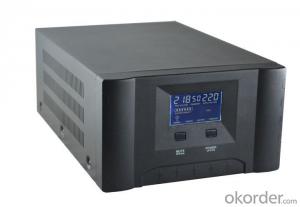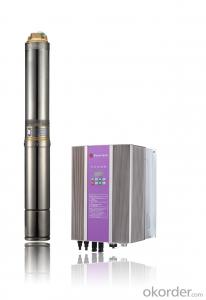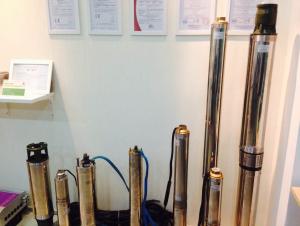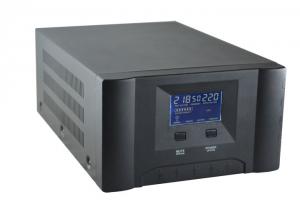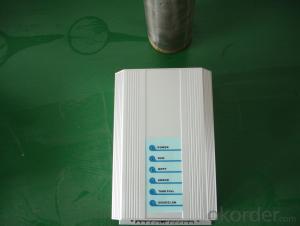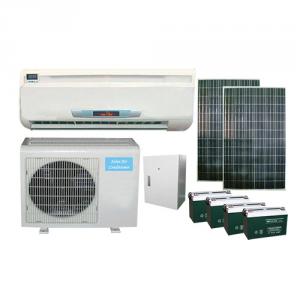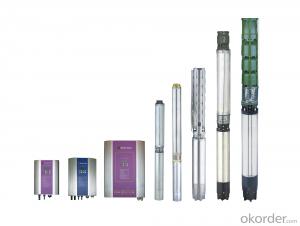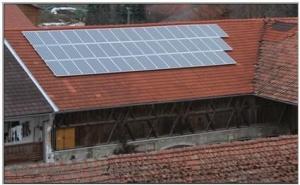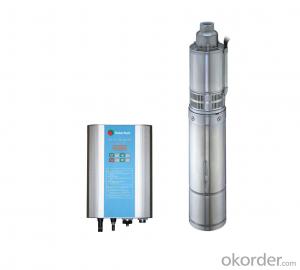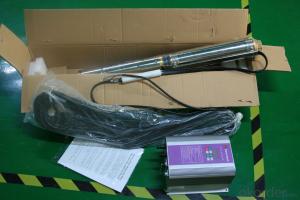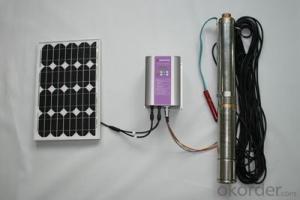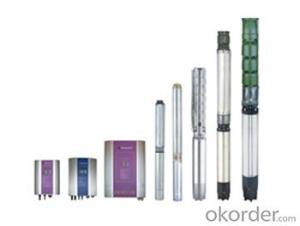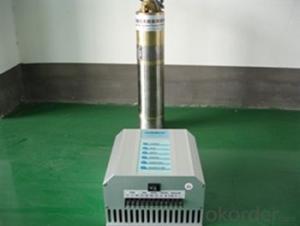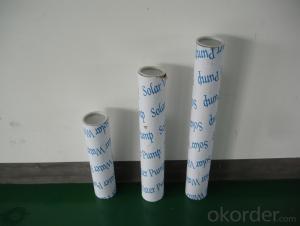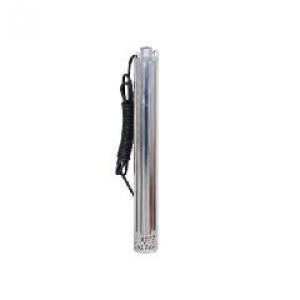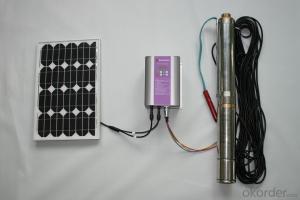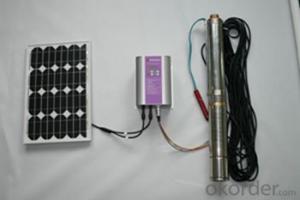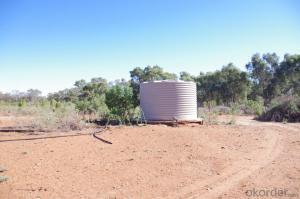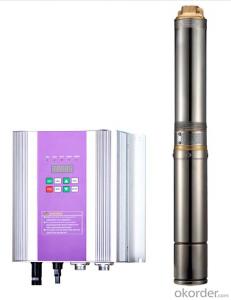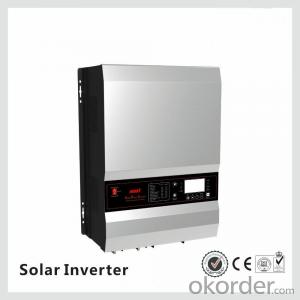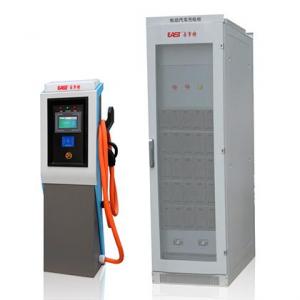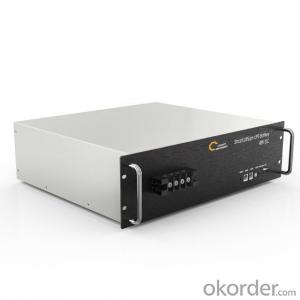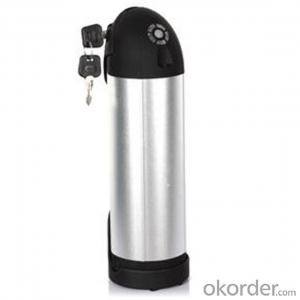Solar Dc To Ac Power Inverter
Solar Dc To Ac Power Inverter Related Searches
Solar Dc To Ac Inverter Dc To Ac Solar Power Inverter Solar Power Dc To Ac Inverter Solar Power Inverter Dc To Ac Dc To Ac Solar Inverter Dc To Ac Inverter Solar Solar Dc Ac Inverter Solar System Dc To Ac Inverter Solar Panel Dc To Ac Inverter Dc To Ac Inverter Solar Panel Ac Dc Solar Inverter Ac Dc Inverter Solar Solar Power To Ac Inverter Solar Inverter Ac Dc Dc Inverter Ac On Solar Panel Solar Power Ac Inverter Solar Dc Inverter Dc Ac Inverter Solar System Solar Ac Inverter Inverter Ac On Solar Power Ac Inverter Solar Ac Inverter For Solar Panels Solar Power To Inverter Solar Inverter Ac Solar And Ac Inverter Inverter Ac With Solar Panel Ac Solar Pump Inverter Solar Panel With Ac Inverter Apc Solar Inverter Ac Inverter Solar PanelSolar Dc To Ac Power Inverter Supplier & Manufacturer from China
Solar DC to AC Power Inverter is a device that converts the direct current (DC) generated by solar panels into alternating current (AC) that can be used by various electrical appliances. This conversion process is essential for harnessing the power generated by solar panels and making it usable for everyday purposes. The inverter plays a crucial role in the solar energy system, ensuring that the energy produced is compatible with the electrical grid and can be utilized efficiently.The Solar DC to AC Power Inverter finds its application in a wide range of scenarios, from residential homes to commercial establishments and even in off-grid systems. It is used to power various electrical devices such as lights, fans, televisions, refrigerators, and many more. In addition to this, it is also employed in solar-powered street lights, electric vehicles, and other renewable energy systems. The versatility of the inverter makes it an indispensable component in the growing field of solar energy.
Okorder.com is a leading wholesale supplier of Solar DC to AC Power Inverters, boasting a vast inventory that caters to the needs of various industries and applications. With a strong commitment to quality and customer satisfaction, Okorder.com ensures that the inverters they provide are of the highest standards and are designed to deliver optimal performance. Their extensive range of products includes inverters with different power ratings, ensuring that there is a suitable option for every requirement. By partnering with Okorder.com, customers can avail themselves of reliable and efficient Solar DC to AC Power Inverters at competitive prices.
Hot Products




